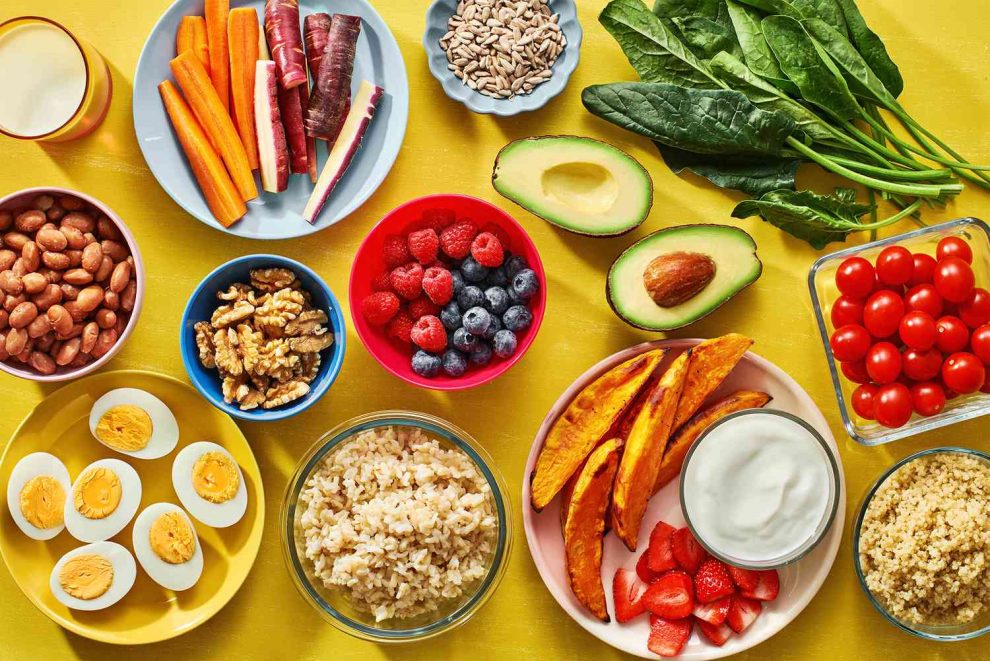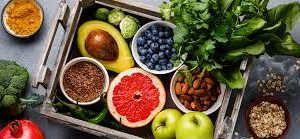The culinary world is constantly evolving, influenced by cultural shifts, technological advancements, and a growing awareness of health and sustainability. Each year, new food trends emerge, capturing the interest of chefs, foodies, and home cooks alike. These trends often reflect broader societal changes and innovations within the food industry. In this article, we will explore some of the hottest food trends shaping the culinary world today, highlighting their origins, popularity, and impact on our dining experiences.
## Plant-Based Eating
### The Rise of Plant-Based Diets
One of the most significant trends in recent years is the rise of plant-based diets. Driven by concerns about health, animal welfare, and environmental sustainability, more people are reducing their meat consumption and incorporating more plant-based foods into their diets. This shift has led to a surge in popularity for plant-based meat alternatives and innovative vegan recipes.
### Popular Plant-Based Foods
1. **Plant-Based Meats**: Brands like Beyond Meat and Impossible Foods have revolutionized the market with products that mimic the taste and texture of meat. These products are now widely available in supermarkets and restaurants, offering a viable alternative for those looking to reduce their meat intake.
2. **Dairy Alternatives**: From almond and oat milk to coconut yogurt and cashew cheese, dairy alternatives are becoming increasingly diverse and accessible. These products cater to those with lactose intolerance, dairy allergies, or vegan preferences.
3. **Vegetable-Centric Dishes**: Chefs are creating dishes that highlight vegetables as the main attraction rather than a side dish. Techniques like roasting, grilling, and fermenting are used to bring out the rich flavors of vegetables.
### Health and Environmental Benefits
Plant-based diets are associated with numerous health benefits, including lower risks of heart disease, hypertension, and certain cancers. Additionally, reducing meat consumption helps decrease the environmental impact of food production, including greenhouse gas emissions and water usage.
## Sustainable and Ethical Eating
### Farm-to-Table Movement
The farm-to-table movement emphasizes sourcing ingredients directly from local farms and producers. This trend promotes transparency, freshness, and sustainability in the food supply chain. By supporting local agriculture, consumers can enjoy seasonal and organic produce while reducing their carbon footprint.
### Zero Waste Cooking
Zero waste cooking is an approach that aims to minimize food waste by using all parts of an ingredient, from root to stem. Chefs and home cooks are finding creative ways to repurpose food scraps, such as turning vegetable peels into broths or using leftover bread for croutons and puddings. This trend not only helps reduce waste but also encourages resourcefulness in the kitchen.
### Ethical Sourcing
Consumers are increasingly concerned about the ethical implications of their food choices. This has led to a demand for ethically sourced products, including fair-trade coffee, chocolate, and seafood certified by sustainable fisheries. These practices ensure that workers are treated fairly and that environmental standards are upheld.
## Technology and Innovation in Food
### Food Delivery and Ghost Kitchens
The rise of food delivery services has transformed the way people dine. Companies like Uber Eats, DoorDash, and Grubhub offer a wide variety of cuisines delivered directly to consumers’ doorsteps. Alongside this trend, ghost kitchens—commercial kitchens that prepare food solely for delivery—have emerged. These kitchens allow restaurants to expand their delivery options without the overhead costs of a physical dining space.
### Smart Kitchen Appliances
Technological advancements have led to the development of smart kitchen appliances that make cooking more convenient and efficient. Examples include:
1. **Smart Ovens**: Equipped with sensors and Wi-Fi connectivity, smart ovens can automatically adjust cooking times and temperatures based on the type of food being prepared.
2. **Sous Vide Machines**: These devices allow for precise temperature control, resulting in perfectly cooked meats and vegetables.
3. **Multi-Cookers**: Appliances like the Instant Pot combine multiple functions, such as pressure cooking, slow cooking, and sautéing, into one device.
### Food Tech Innovations
Innovations in food technology are reshaping the culinary landscape. Some notable developments include:
1. **Lab-Grown Meat**: Also known as cultured meat, lab-grown meat is produced by cultivating animal cells in a controlled environment. This technology has the potential to reduce the environmental impact of meat production and address ethical concerns related to animal welfare.
2. **3D Food Printing**: 3D printers are being used to create intricate and customizable food items, from chocolate sculptures to pizza. This technology allows for precise control over ingredients and presentation.
## Global Flavors and Fusion Cuisine
### International Cuisines Gaining Popularity
As globalization continues to influence culinary trends, there is a growing appreciation for international cuisines. Some of the most popular global flavors making waves include:
1. **Korean Cuisine**: Known for its bold flavors and diverse dishes, Korean cuisine has gained widespread popularity. Favorites like kimchi, bibimbap, and Korean barbecue are now common in many countries.
2. **Middle Eastern Cuisine**: Dishes such as hummus, falafel, shawarma, and za’atar-spiced foods are becoming more mainstream. Middle Eastern cuisine is celebrated for its use of fresh herbs, spices, and healthy ingredients.
3. **Latin American Cuisine**: From Mexican street tacos to Peruvian ceviche, Latin American flavors are vibrant and varied. Ingredients like quinoa, avocado, and chili peppers are staples in many dishes.
### Fusion Cuisine
Fusion cuisine blends elements from different culinary traditions to create innovative and exciting dishes. Chefs are increasingly experimenting with combining flavors and techniques from various cultures, resulting in unique culinary creations. Examples include sushi burritos, kimchi tacos, and ramen burgers.
## Health and Wellness Trends
### Functional Foods
Functional foods are those that provide additional health benefits beyond basic nutrition. These foods are often enriched with vitamins, minerals, probiotics, or antioxidants. Popular functional foods include:
1. **Fermented Foods**: Foods like yogurt, kefir, sauerkraut, and kombucha are rich in probiotics, which support gut health.
2. **Superfoods**: Ingredients like chia seeds, acai berries, and spirulina are known for their high nutrient density and health-promoting properties.
3. **Adaptogens**: Herbs and mushrooms like ashwagandha, maca, and reishi are believed to help the body adapt to stress and improve overall well-being.
### Personalized Nutrition
Advances in nutrition science and technology are paving the way for personalized nutrition, which tailors dietary recommendations to an individual’s genetic makeup, lifestyle, and health goals. Companies like 23andMe and Nutrigenomix offer genetic testing services that provide insights into how one’s body responds to different foods and nutrients.
### Plant-Based Wellness Products
The demand for plant-based wellness products, such as herbal supplements, CBD-infused foods, and plant-based protein powders, is on the rise. These products cater to consumers seeking natural remedies and functional ingredients to support their health and wellness.
## Experiential Dining and Social Media Influence
### Pop-Up Restaurants and Food Festivals
Experiential dining experiences, such as pop-up restaurants and food festivals, are becoming increasingly popular. These events offer unique, temporary dining experiences that often feature experimental menus, celebrity chefs, and immersive themes. Food festivals, in particular, allow attendees to sample a wide variety of cuisines and dishes in one location.
### Instagrammable Food
The influence of social media, particularly Instagram, has given rise to the trend of “Instagrammable” food. Dishes that are visually striking and creatively presented are more likely to be shared on social media platforms, driving both popularity and business. Restaurants are increasingly designing their menus and presentations with social media appeal in mind.
### Virtual Cooking Classes
The COVID-19 pandemic accelerated the trend of virtual cooking classes, which allow people to learn new culinary skills from the comfort of their homes. Renowned chefs and cooking schools offer online classes that cover a wide range of cuisines and techniques. This trend has made cooking education more accessible and has inspired many to experiment with new recipes.
## Conclusion
The culinary world is dynamic and ever-changing, influenced by cultural shifts, technological advancements, and evolving consumer preferences. The current food trends highlight a growing interest in health, sustainability, innovation, and global flavors. From plant-based eating and sustainable practices to technological innovations and experiential dining, these trends are reshaping the way we experience food. By embracing these trends, individuals and businesses alike can stay ahead of the curve and continue to enjoy the diverse and exciting world of modern cuisine.









































Add Comment